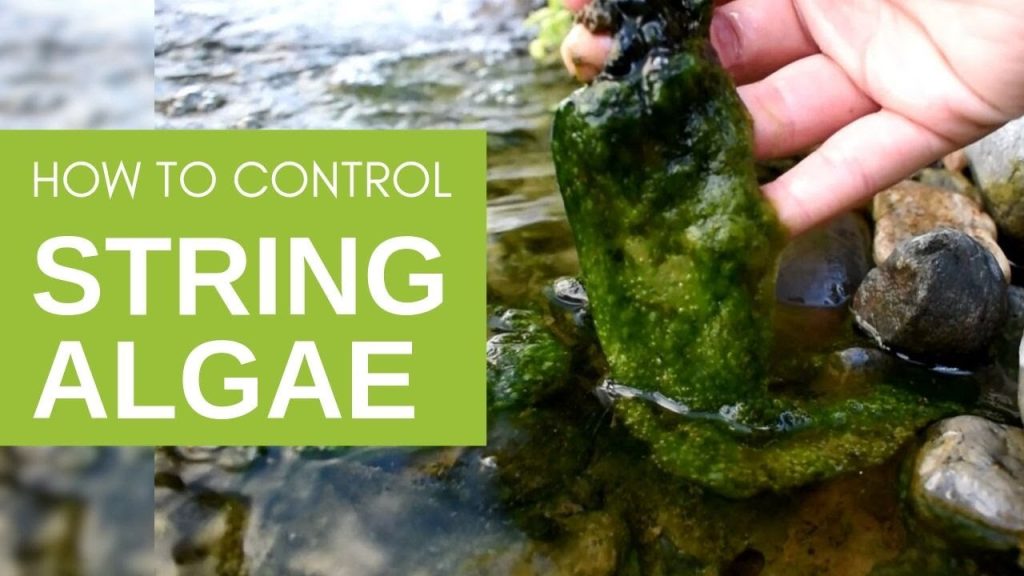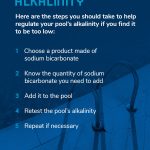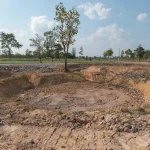String algae, also known as blanket weed, can quickly become a nuisance in a koi pond. It not only looks unsightly but can also harm your koi fish and other aquatic plants. Fortunately, there are several effective methods to control and eliminate string algae in your pond. Let’s explore some of the most popular and efficient ways to tackle this common pond problem.
1. Manual Removal
One of the simplest ways to combat string algae is by manually removing it from your pond. You can use a pond skimmer or a fine net to scoop out the algae. Regularly removing visible algae can help prevent it from spreading and taking over your pond.
2. Increase Water Flow
String algae thrives in stagnant water. By increasing the water flow in your pond, you can disrupt the growth of algae. Consider adding a waterfall, fountain, or additional aeration to keep the water moving. This will not only help prevent algae growth but also improve the overall health of your pond.
3. Add Aquatic Plants
Introducing more aquatic plants to your pond can help outcompete string algae for nutrients. Plants like water lilies, water hyacinth, and duckweed can absorb excess nutrients in the water, making it harder for algae to grow. Additionally, the plants provide shade, which can inhibit algae growth.
4. Use Barley Straw
Barley straw is a natural and effective way to control string algae in ponds. When barley straw decomposes in water, it releases compounds that inhibit algae growth. You can place barley straw bales or pellets in your pond to prevent and reduce string algae infestations.

Credit: cencalkoi.com
5. Optimize Filtration
Proper filtration is essential for maintaining a healthy pond ecosystem and controlling algae growth. Make sure your pond filtration system is adequate for the size of your pond and that it is functioning properly. Regularly clean and maintain the filter to ensure optimal performance.

Credit: m.youtube.com
6. Use Algaecides
If manual removal and natural methods are not providing the desired results, you can consider using algaecides to treat string algae. There are different types of algaecides available, so be sure to choose one that is safe for fish and other aquatic life in your pond. Follow the instructions carefully when using algaecides.
7. UV Sterilizers
UV sterilizers can be a powerful tool in controlling string algae in koi ponds. These devices use ultraviolet light to kill algae and other microorganisms in the water. Installing a UV sterilizer in your pond can help prevent algae blooms and keep the water clear and healthy for your koi fish.
8. Maintain Water Parameters
String algae tends to thrive in water with high nutrient levels and imbalanced parameters. Regularly test and monitor the water quality in your pond, including pH, ammonia, nitrite, and nitrate levels. Make adjustments as needed to create an environment that is less conducive to algae growth.
9. Shade the Pond
Excessive sunlight can promote algae growth in ponds. Providing shade over your pond can help reduce the amount of light reaching the water’s surface, limiting algae growth. You can use floating plants, shade sails, or strategically placed structures to shade your pond.
10. Prevent Nutrient Runoff
Controlling nutrient runoff into your pond is crucial for preventing string algae growth. Avoid overfeeding your koi fish, and be mindful of the amount of fertilizer and organic matter that enters the pond. Implement erosion control measures to prevent soil and debris from washing into the water.
Conclusion
String algae can be a persistent problem in koi ponds, but with the right strategies and maintenance practices, you can effectively manage and eliminate it. By combining manual removal, natural treatments, proper filtration, and other preventative measures, you can keep your pond clear, healthy, and free of unsightly algae. Remember to regularly monitor your pond’s water quality and take proactive steps to maintain a balanced ecosystem for your koi fish and aquatic plants.





